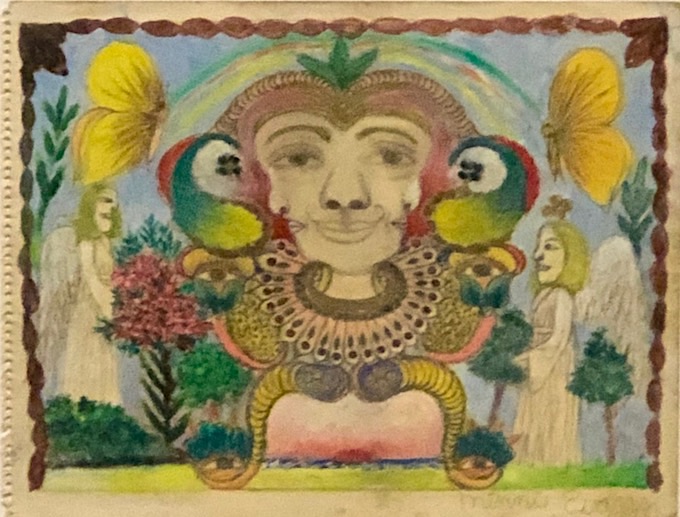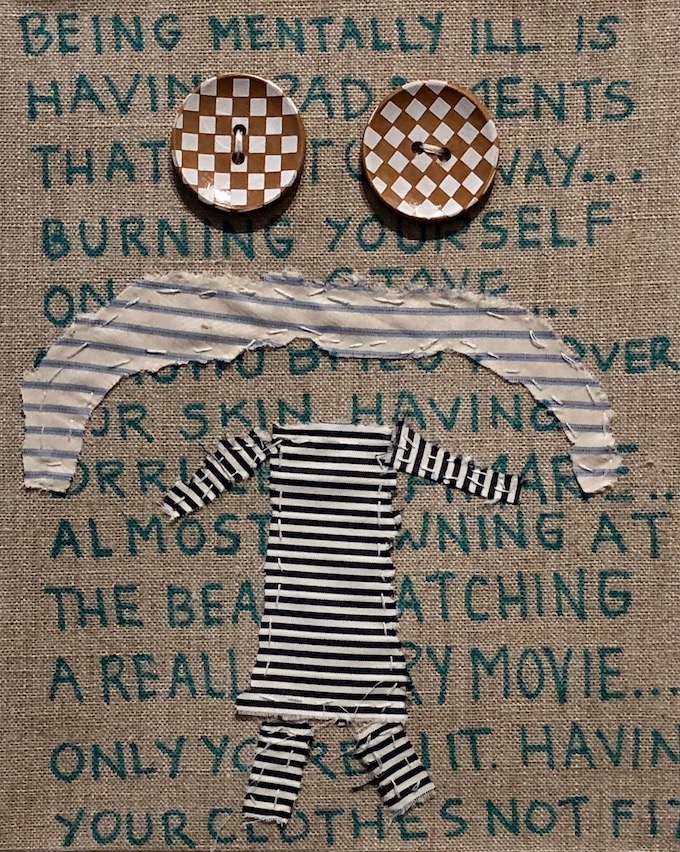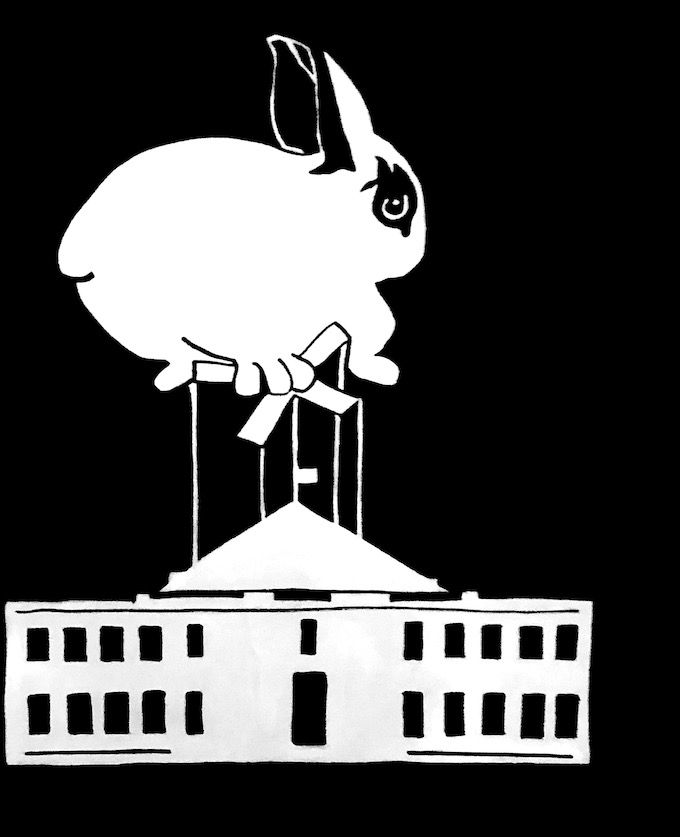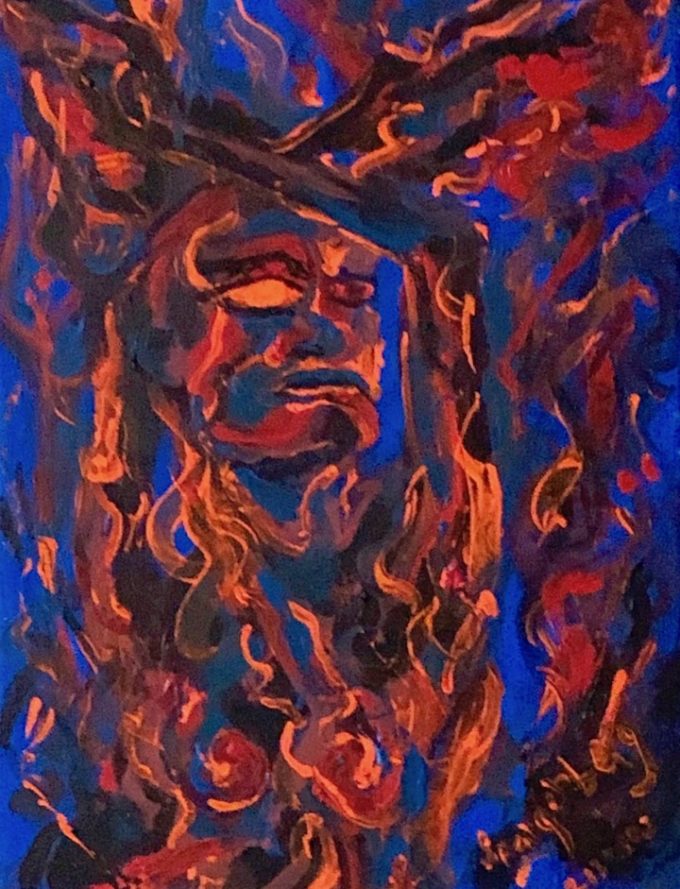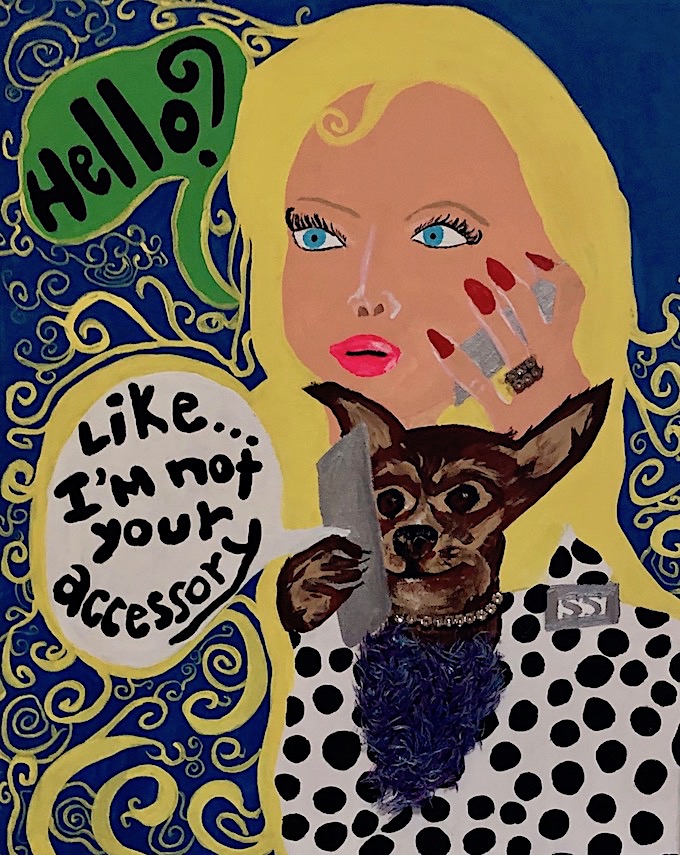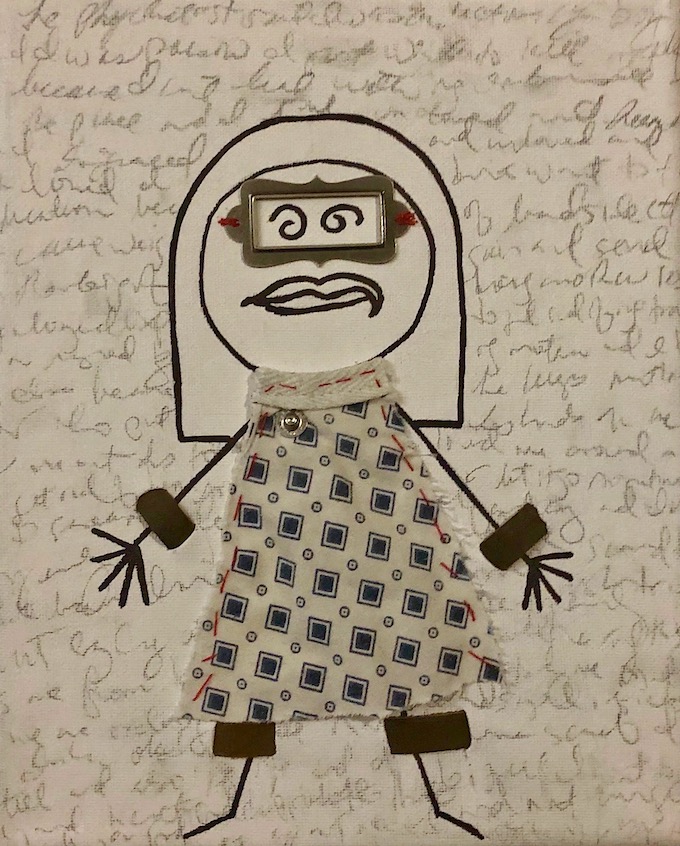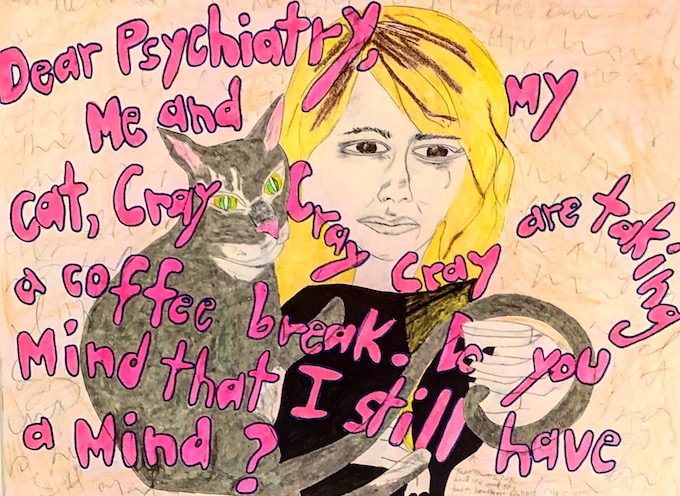Enchanted by Nyla Paula Isaac’s alluring, emotive portraits that we discovered while visiting the Living Museum on the grounds of the Creedmoor Psychiatric Center, we were delighted to have the opportunity to interview the wonderfully talented artist.
When did you first begin drawing? And what did you draw at the time?
I was about three when I started drawing and making paper dolls. I was still living in Trinidad in the West Indies.
What inspired you to begin doing art?
I was shy, and it was my way of expressing myself. And when I started going to school, I wasn’t good at math or reading. But I could do art.
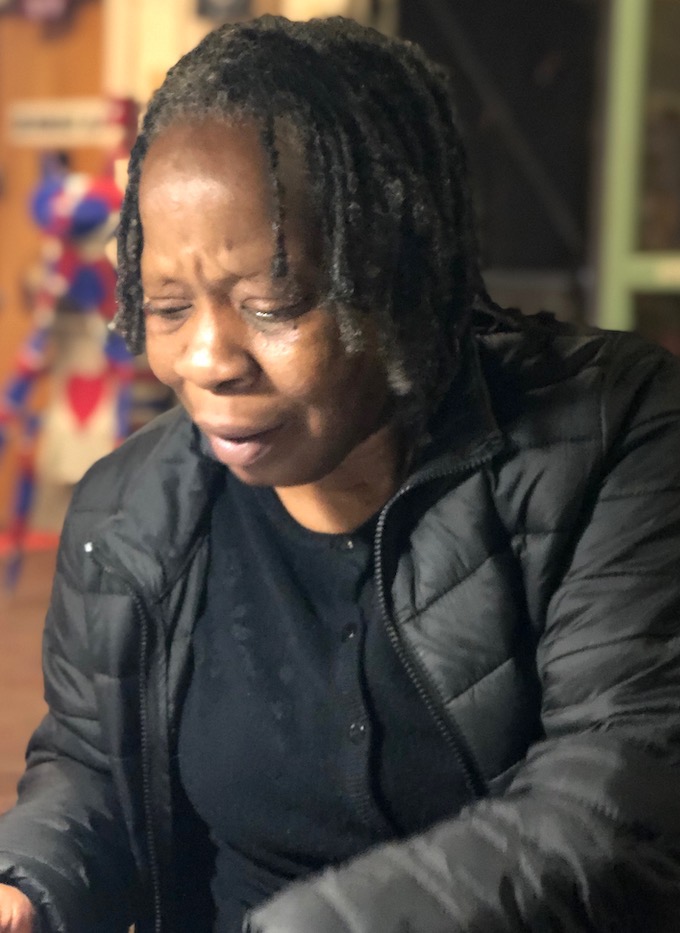 Do any early art-related memories stand out?
Do any early art-related memories stand out?
When I was about 7, a woman I knew showed me West Indian comics. They fascinated me. And I remember winning first prize in an art show at PS 37 — my elementary school in Springfield. Gardens.
Have you any cultural influences?
The landscapes of Trinidad are a definite influence…their mountains and ditches and the colors that I associate with them.
Any favorite artists? Artists who have influenced you?
Among my favorites are: Rembrandt, Norman Rockwell and Jacob Lawrence. Norman Rockwell has been one of my strongest influences, although my work is much looser than his. And I don’t tend to idealize what I see. I paint my reality.
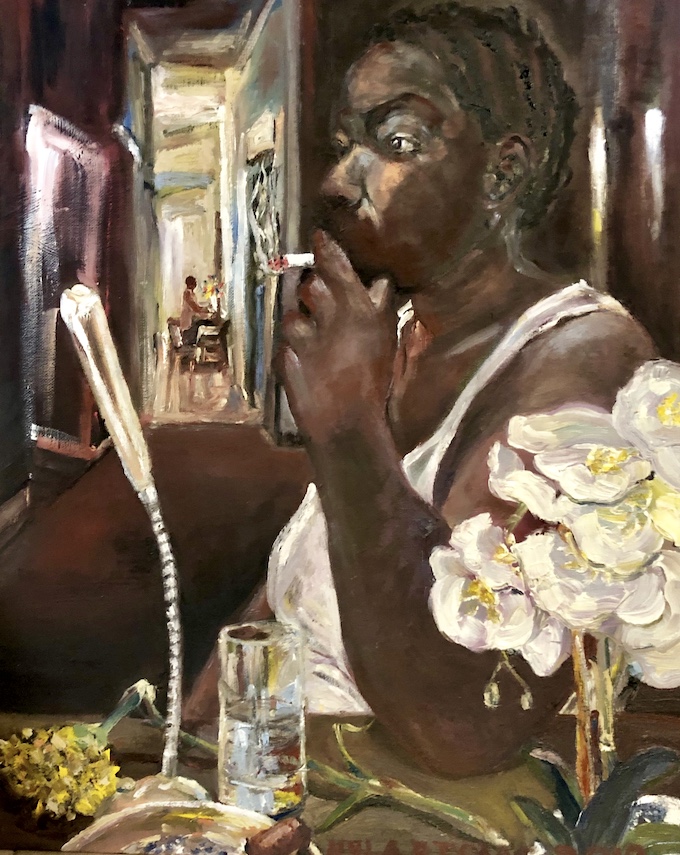
How has your family responded to your artistic bent?
They love that I am doing something with my life.
How much time do you generally spend on a piece?
Anywhere from a few hours to a few days. When I paint, I like to work all day long.
Are you generally satisfied with your final piece?
No. I always feel that I could do better.
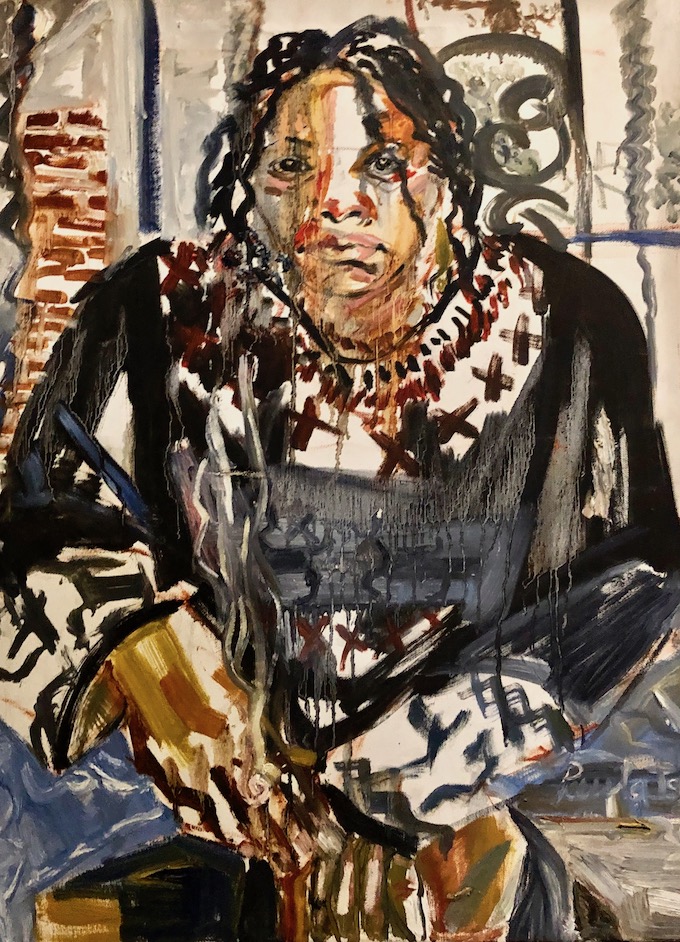
How has your aesthetic evolved within the past decade?
It is less surreal. I also tend to work with brighter colors and a more varied palette. My aesthetic also varies according to my mental state. When I’m not well, my work takes on a bit of a surreal edge. It is looser. Schizophrenia frees me.
Which style do you prefer? Have you a preference?
No. I like them both.
What percentage of your time is devoted to art?
Just about all of it when I don’t have to deal with doctors’ appointments.
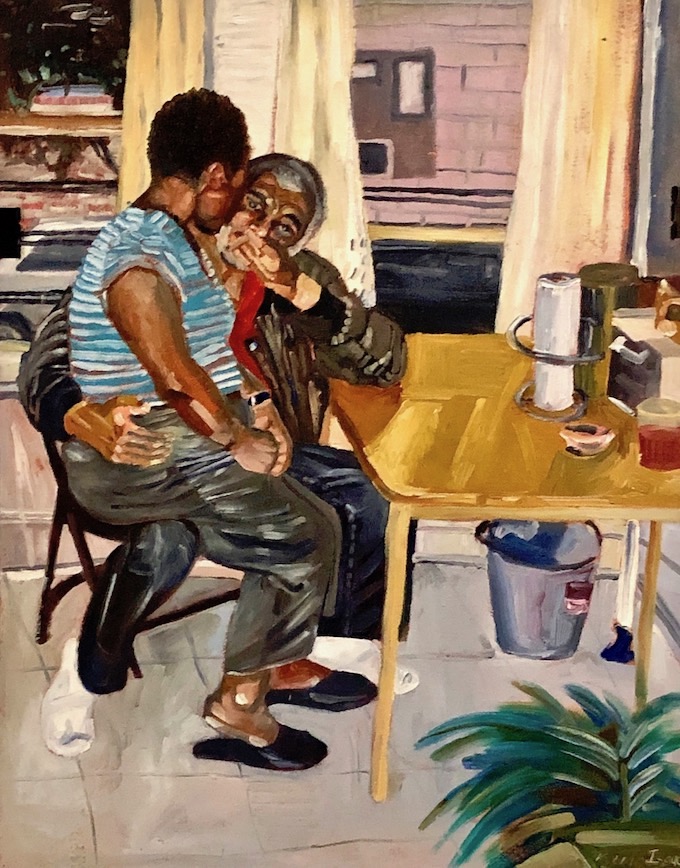 Have you a favorite setting to work?
Have you a favorite setting to work?
Here at the Living Museum. Dr. Marton makes me feel free and comfortable, and I know that my work is safe here. In 2017, a fire in my apartment destroyed 17 years of my artwork.
And your favorite media?
I love working with oil paints.
Any favorite colors?
Blue and yellow; they remind me of the sky.
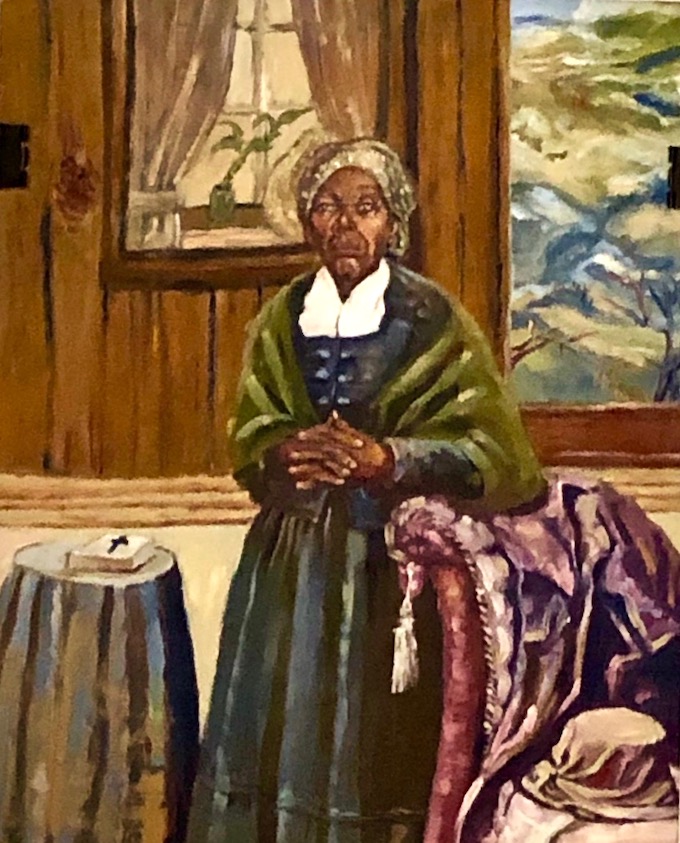
Do you work from a sketch when you paint?
Occasionally I sketch first. But, generally, my paintings just happen.
Have you ever studied art in a formal setting?
Yes. I graduated from the High School of Art and Design, and I earned an Associate’s Degree from the Fashion Institute of Technology. And for the past 20 years, I’ve studied off and on at the Arts Students League.
Have you found your formal art education of value?
It has definitely helped me on a technical level. It helped me master perspective, and life drawing from observation was important to my development as an artist. But now I want to do my own thing.
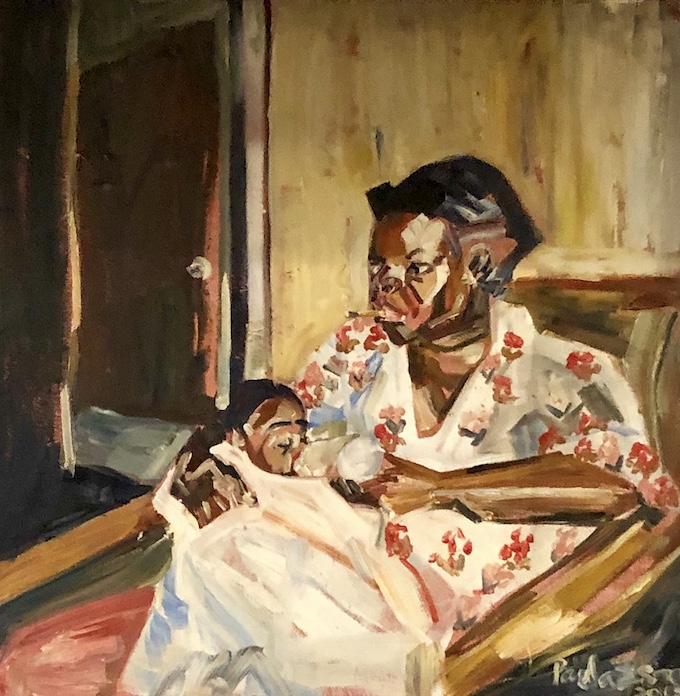
You’ve exhibited your paintings in quite a few spaces, and your work is included in the Education and Research Center of The Museum of Modern Art. How important is the viewers’ response to you?
It is important to me. I’d like those who view my work to appreciate its originality.
What are some of your other interests?
Watching sitcoms from the 70”s — The Jeffersons, Archie Bunker, Diff’rent Strokes.
Where are you headed?
I don’t know — working on developing further my skills.
Interview conducted by Lois Stavsky with City-As-School intern Alyssa Torres
Photos of artworks and of artist by Lois Stavsky
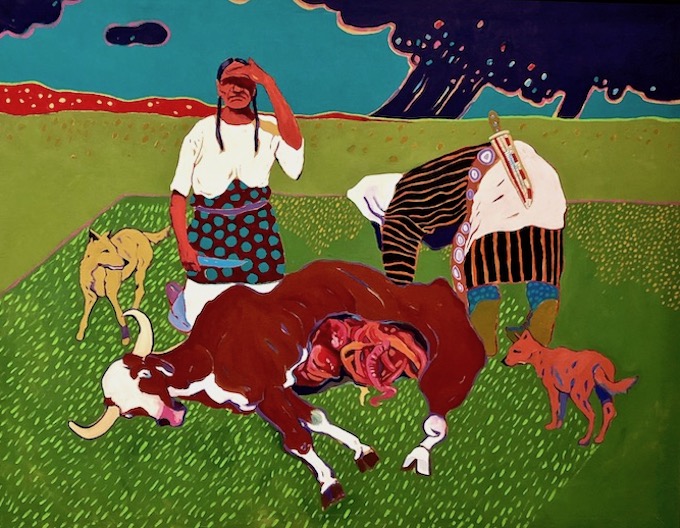 “All the Tired Horses in the Sun,” Oil on canvas, 1971-72
“All the Tired Horses in the Sun,” Oil on canvas, 1971-72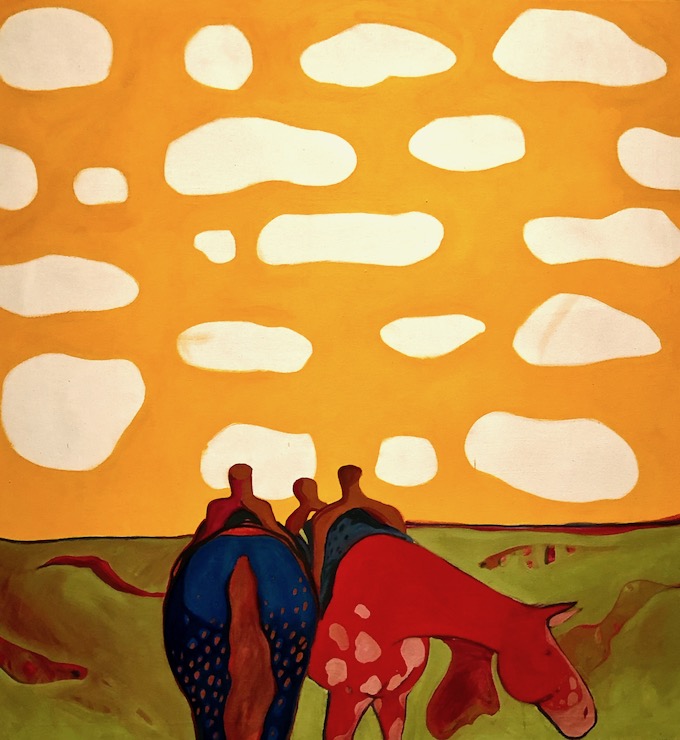
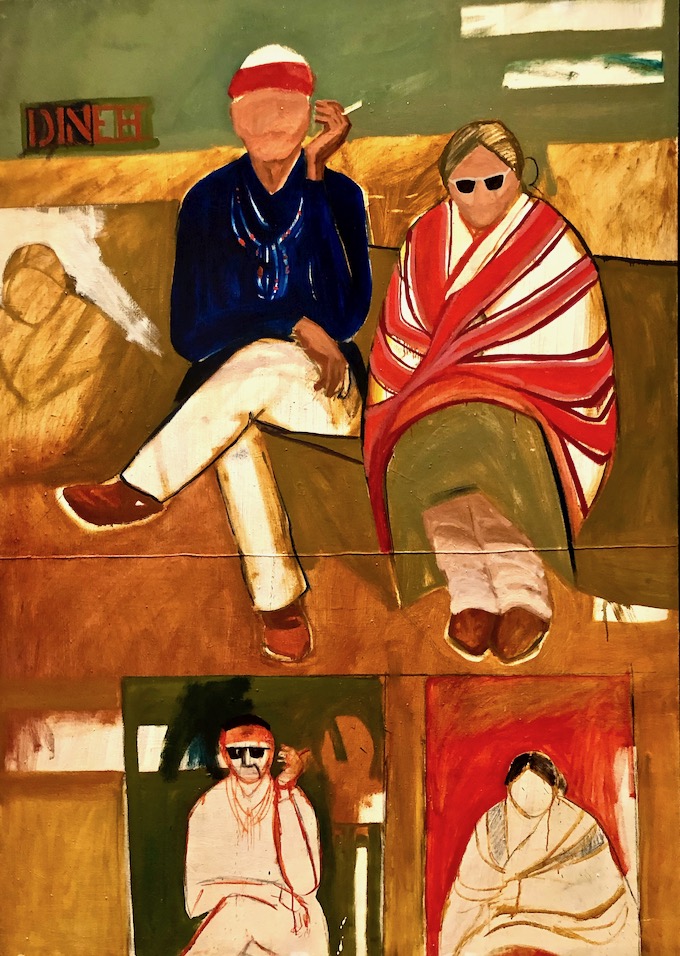
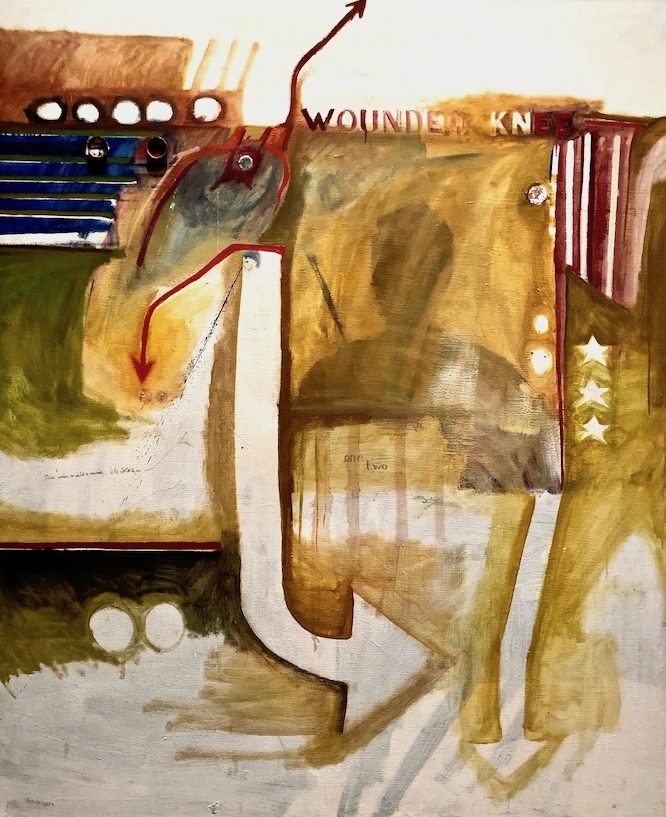
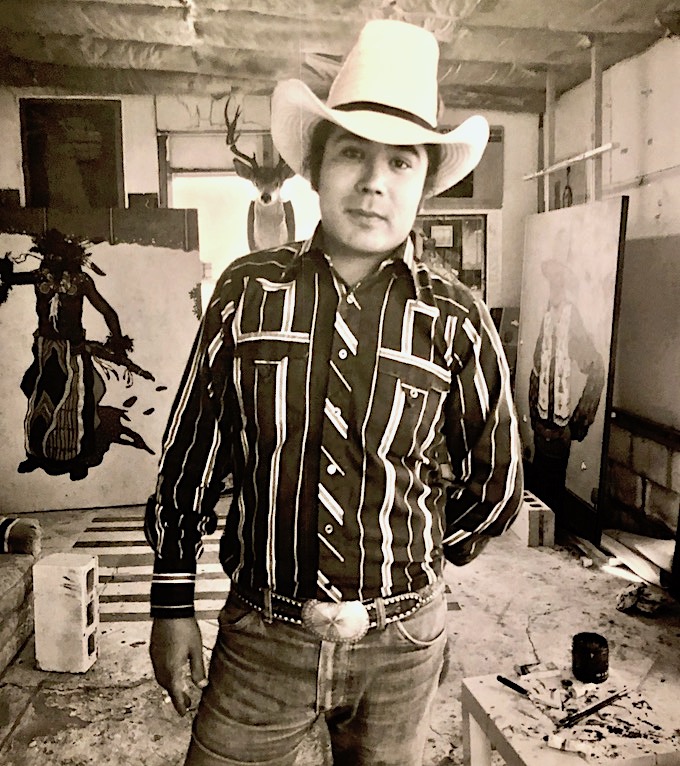

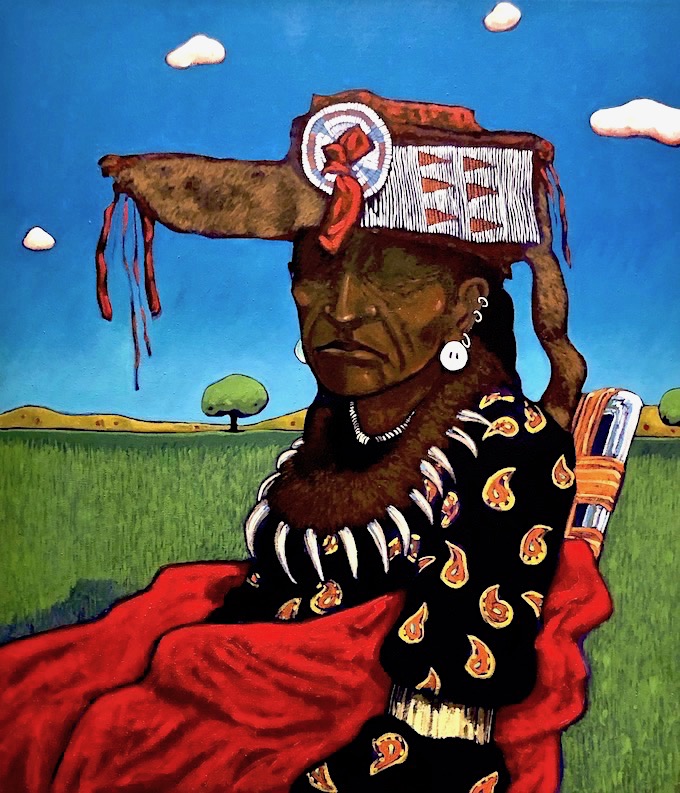
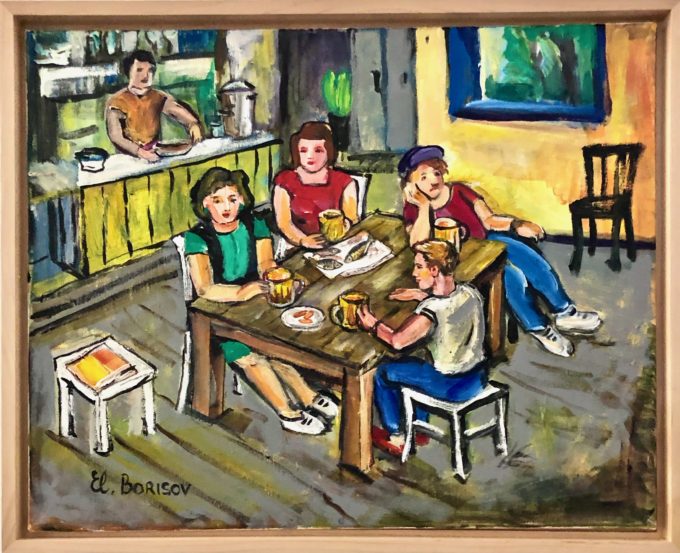
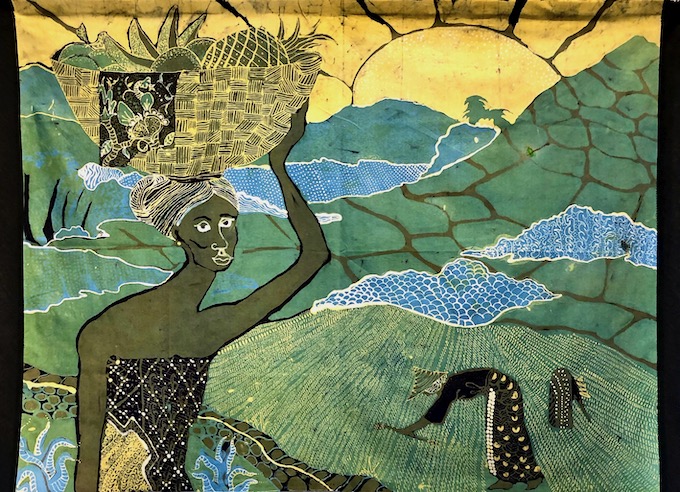
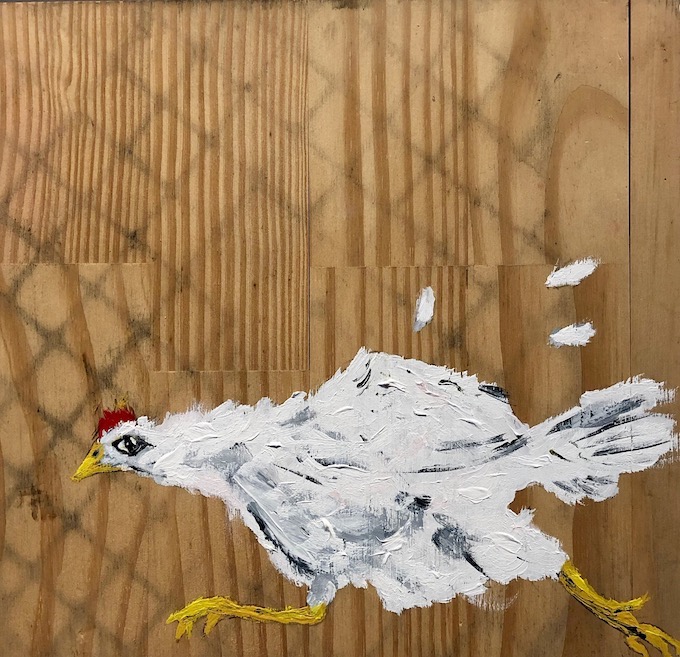
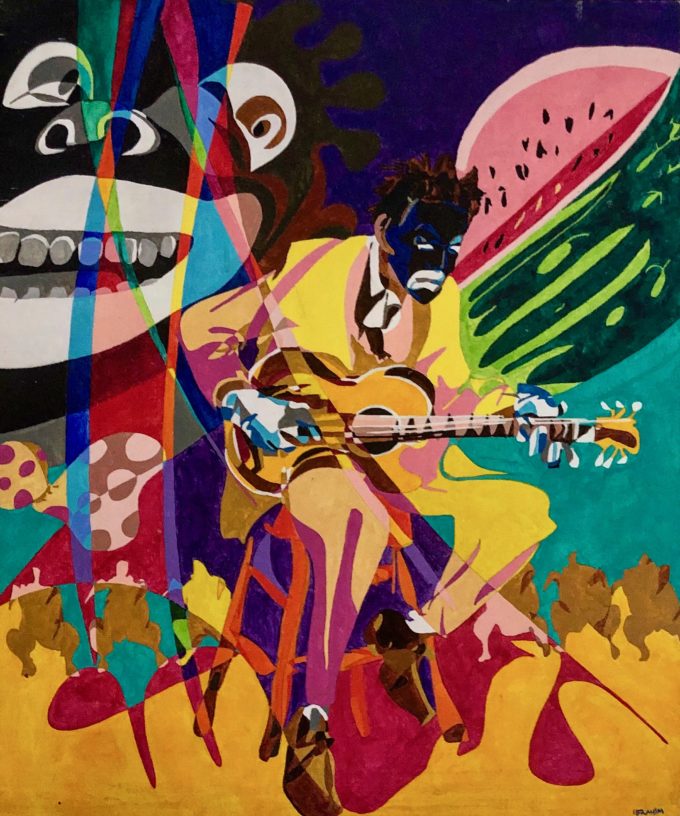 Multimedia artist
Multimedia artist 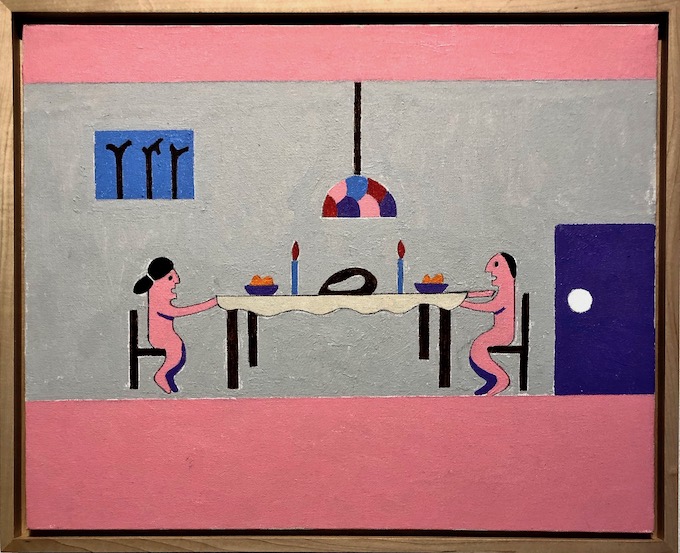
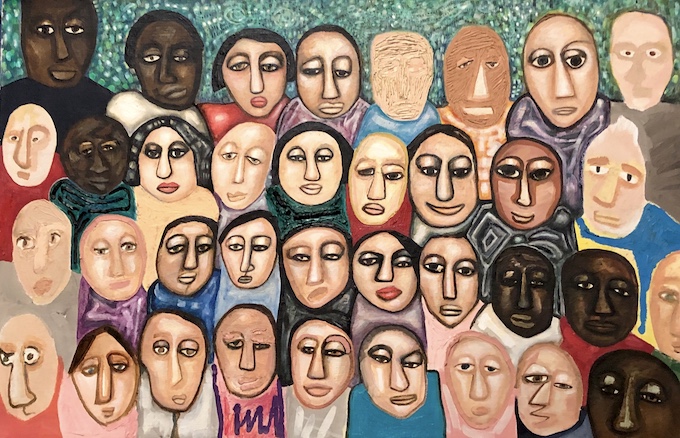
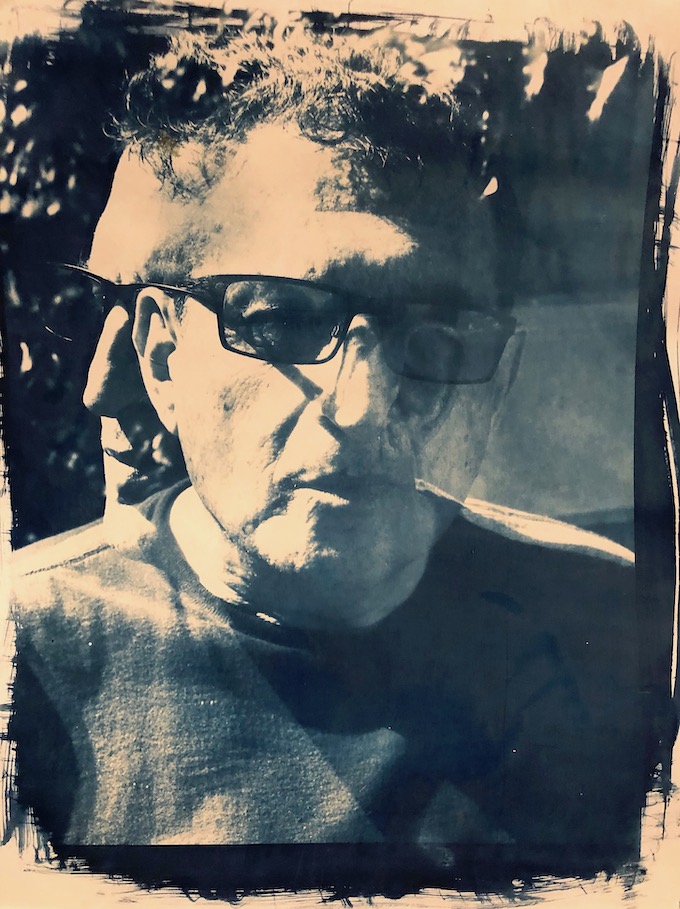
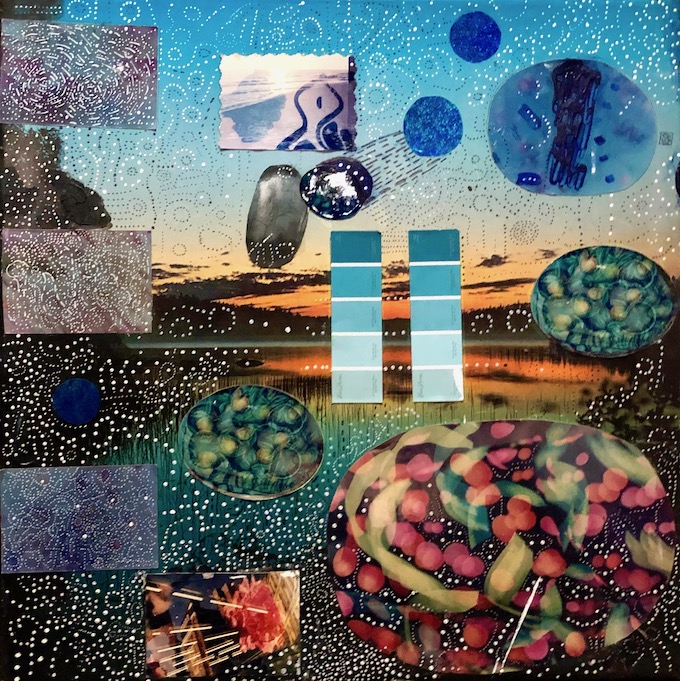
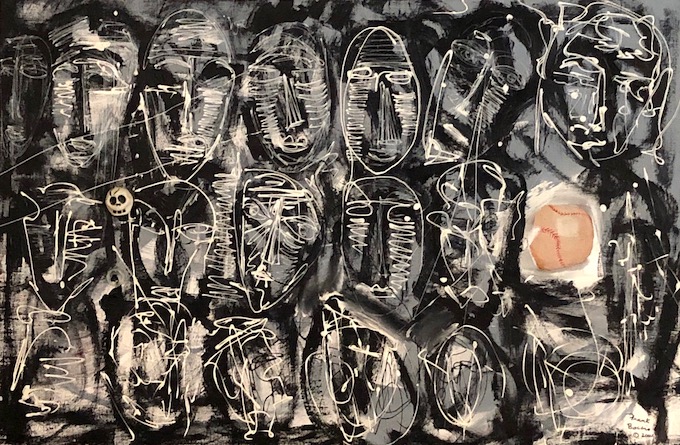
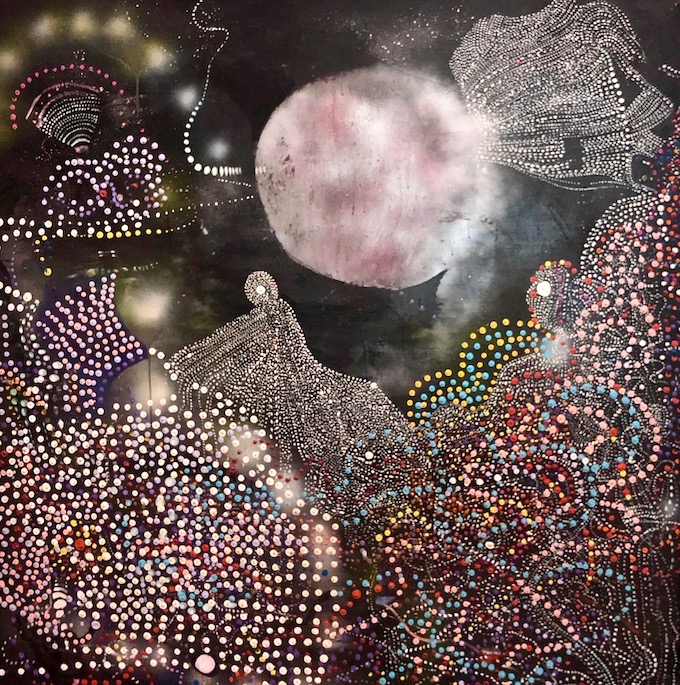
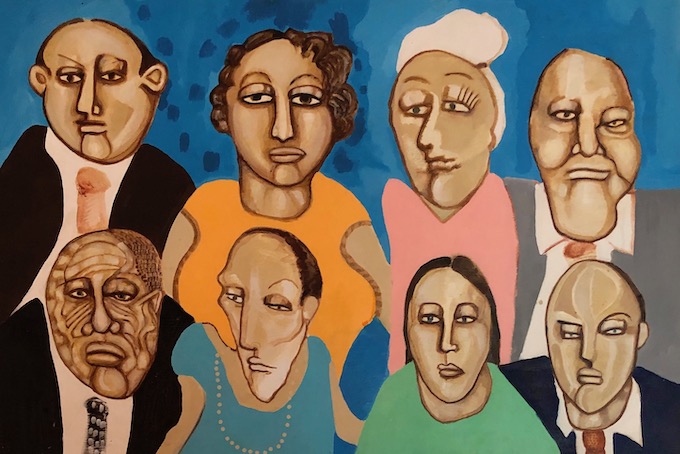
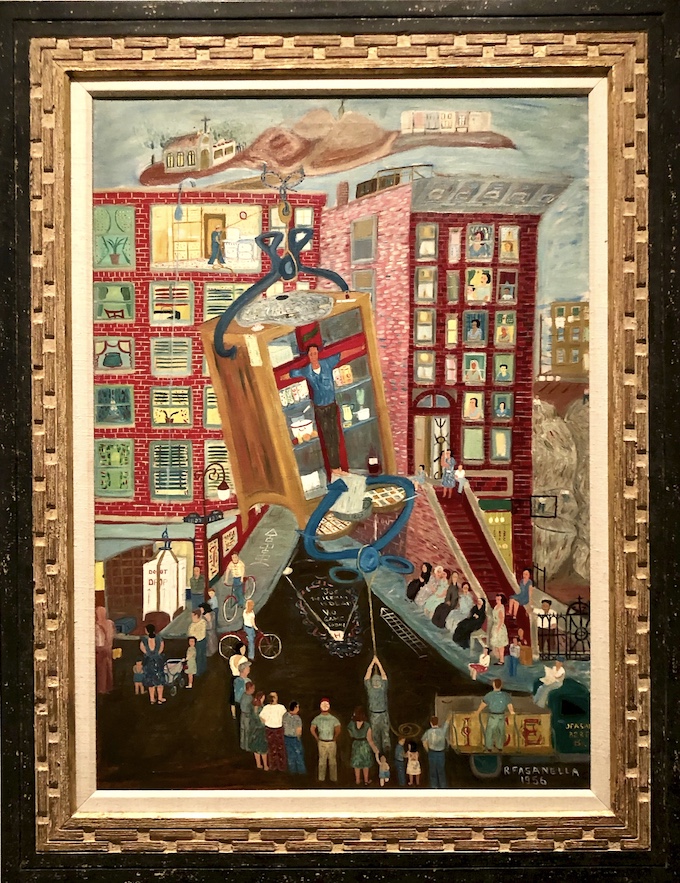
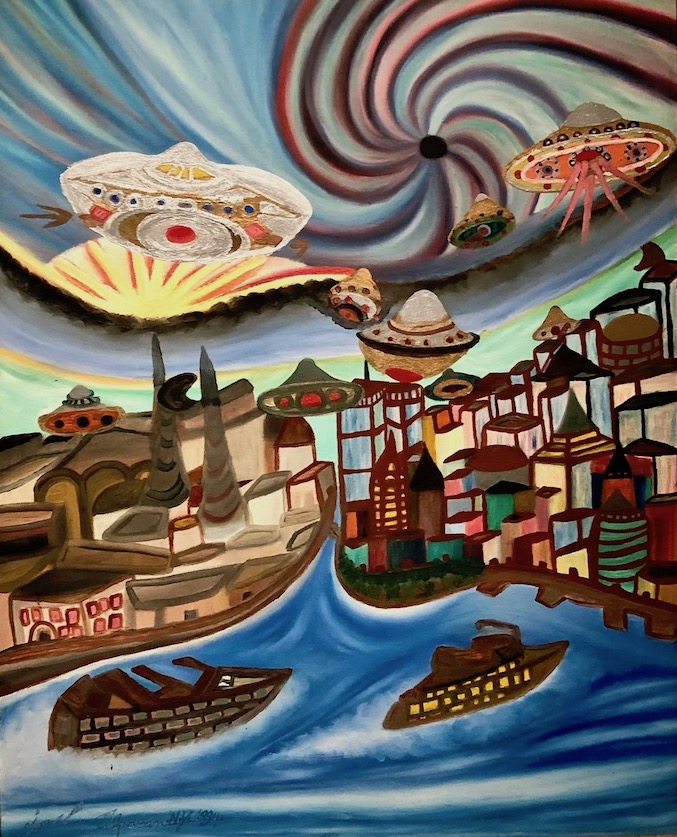
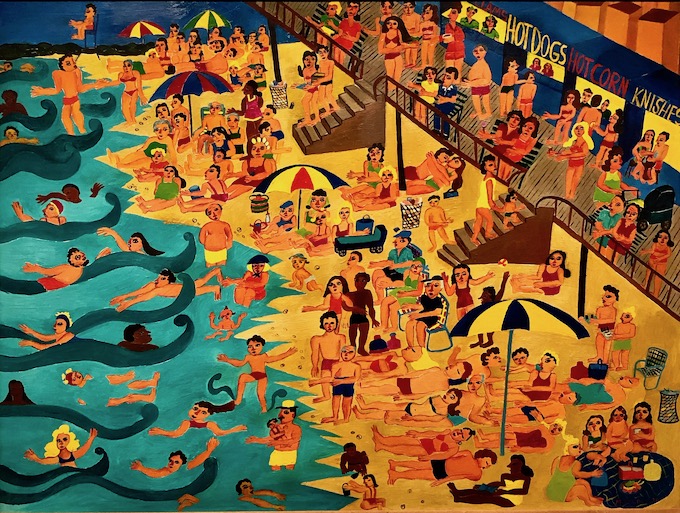
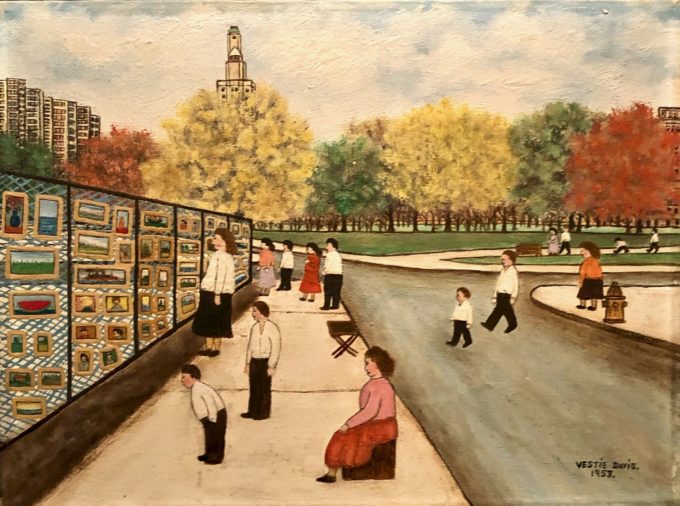
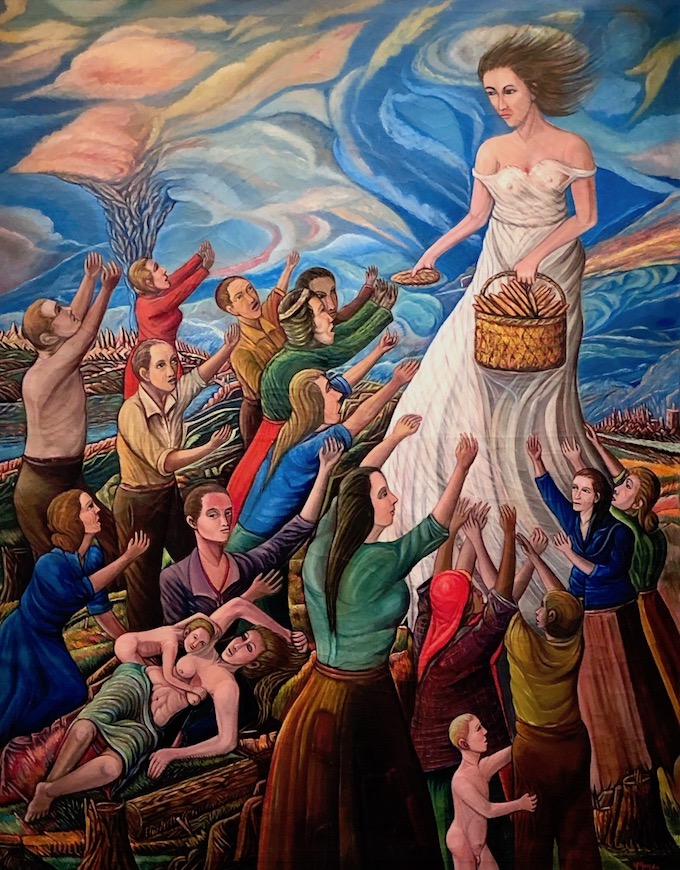
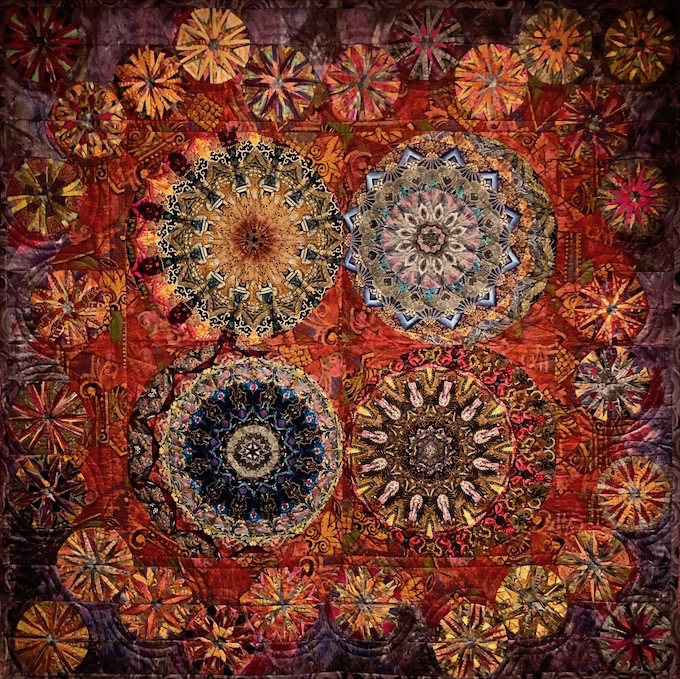 A wide view of segment of gallery exhibit
A wide view of segment of gallery exhibit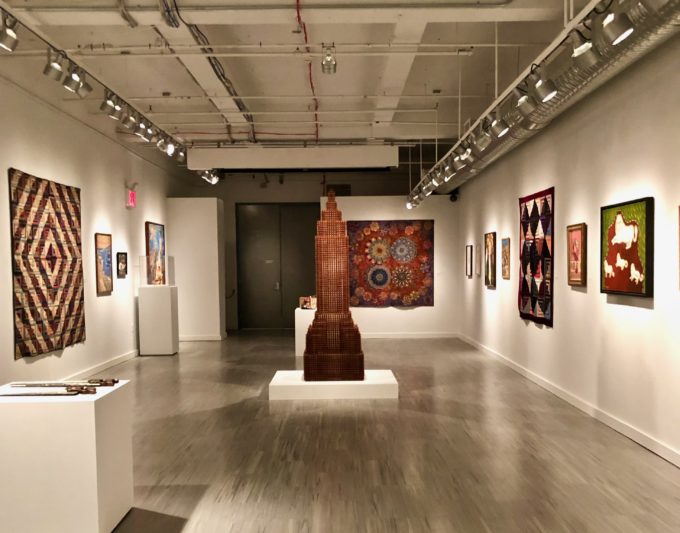 New York Experienced remains on exhibit at the
New York Experienced remains on exhibit at the 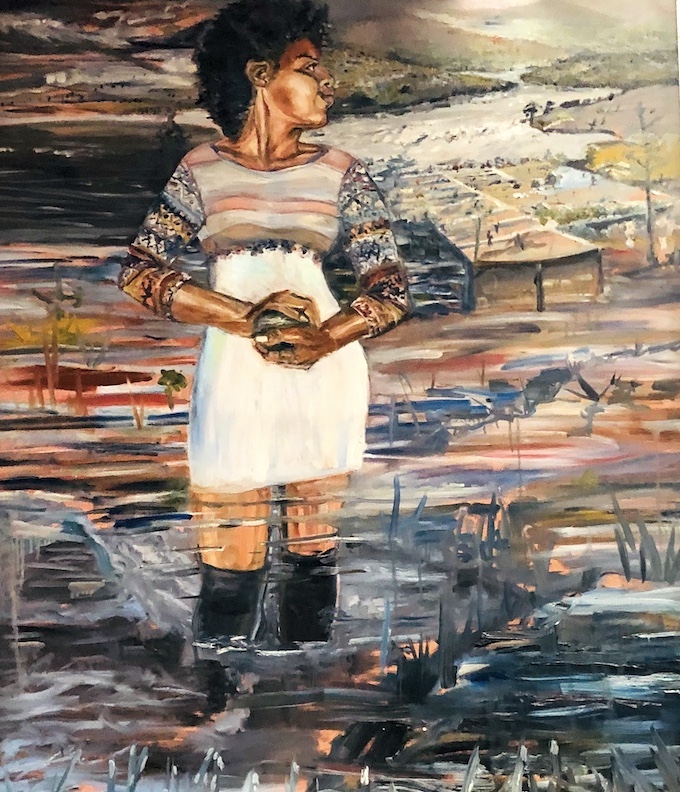
 Do any early art-related memories stand out?
Do any early art-related memories stand out?




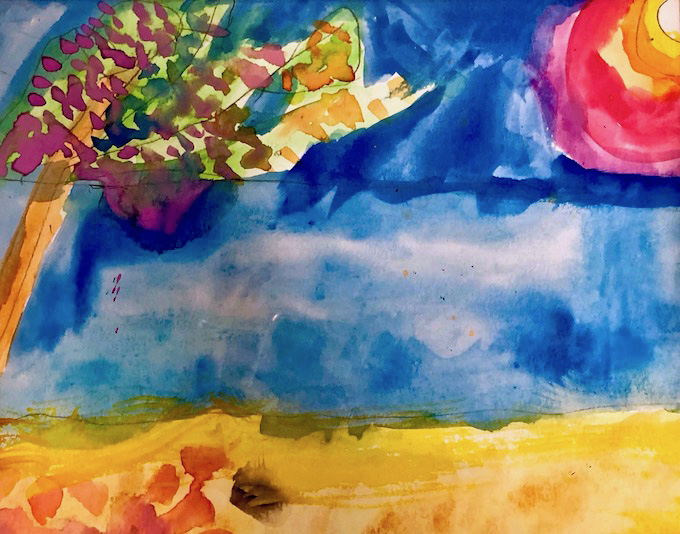
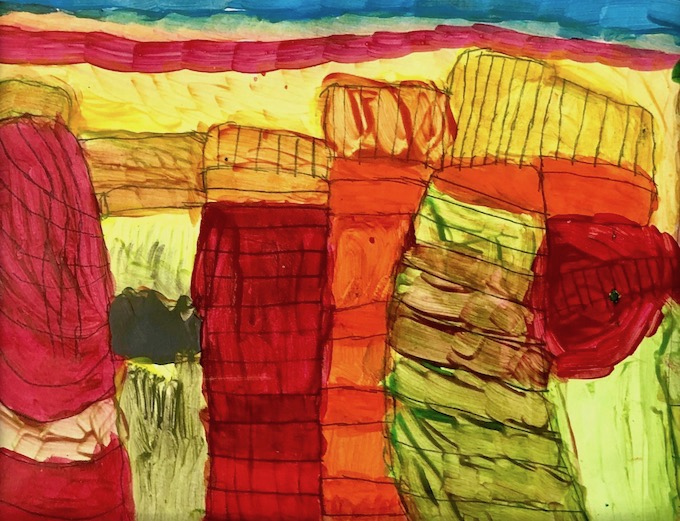
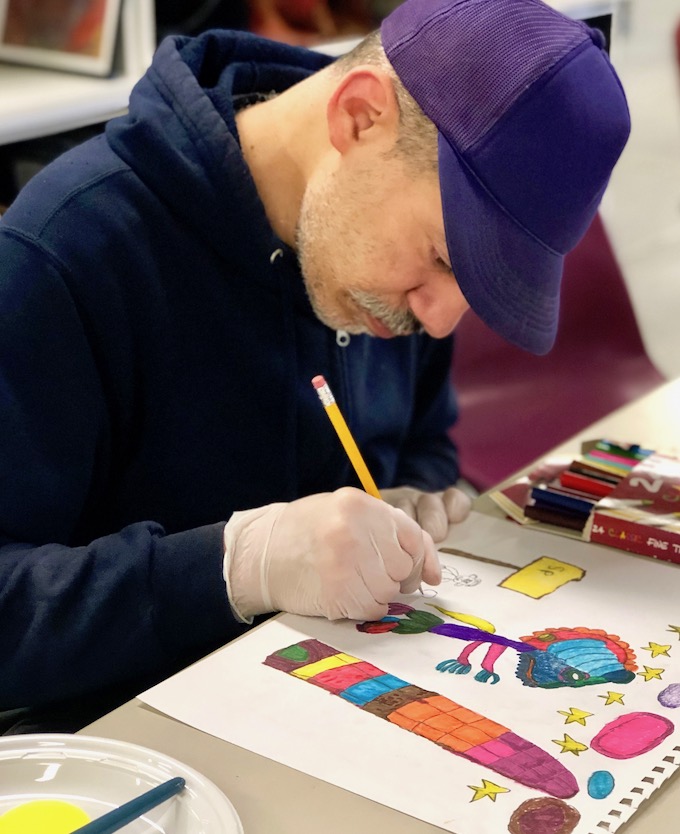
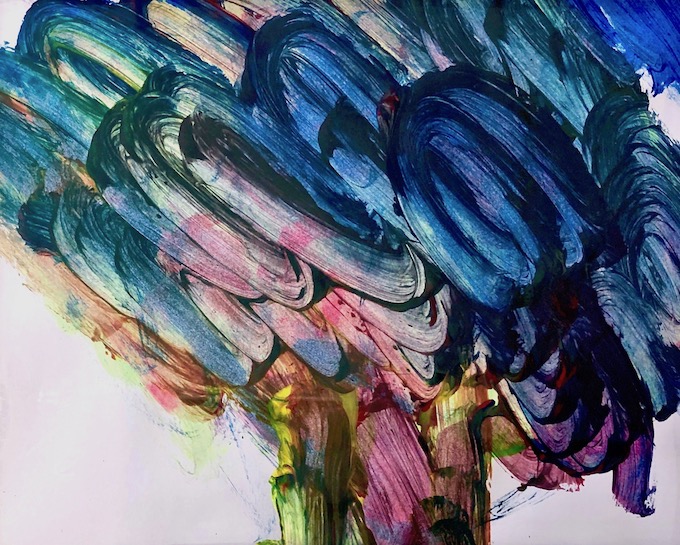
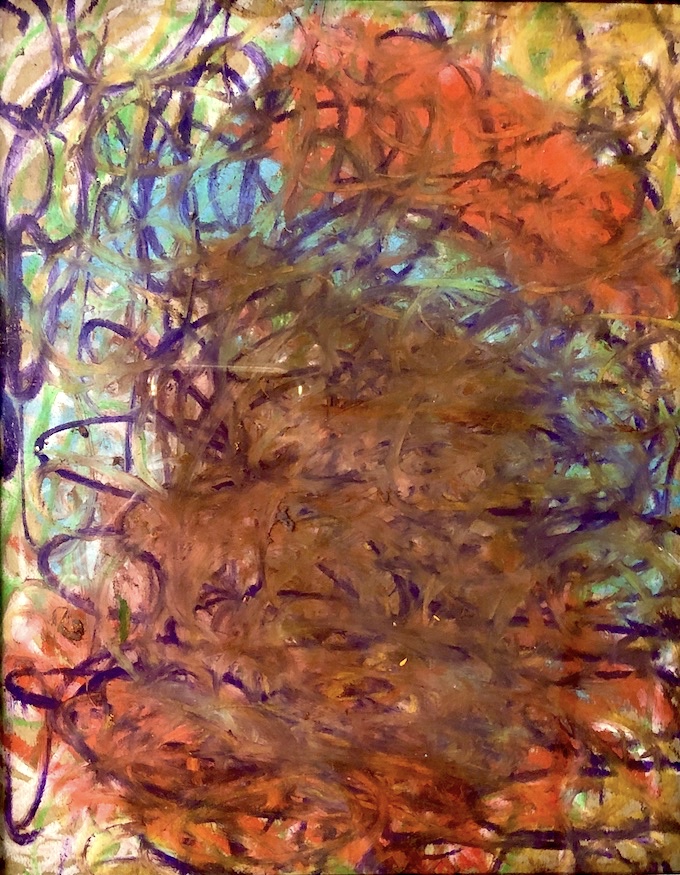
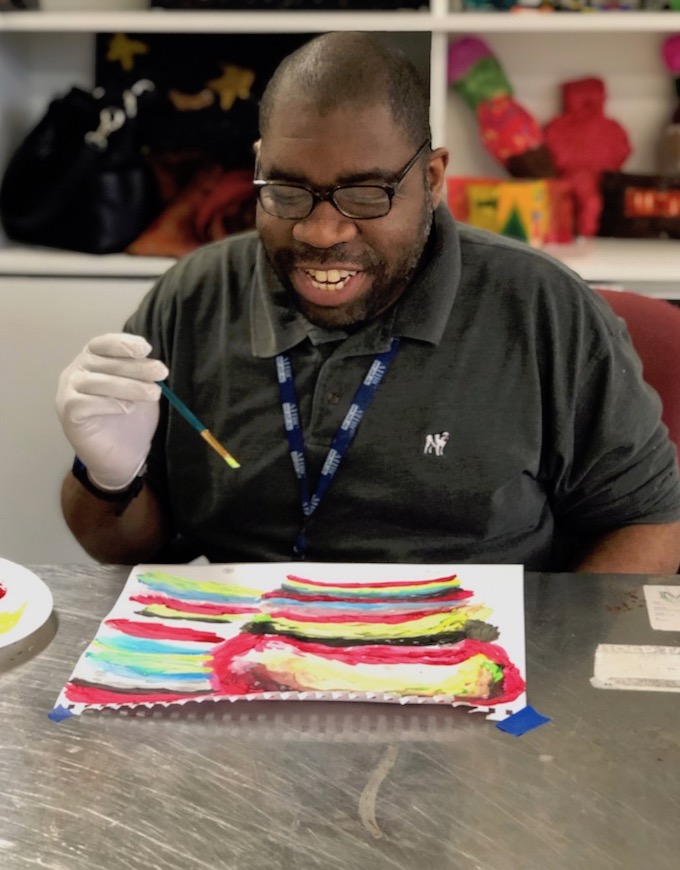
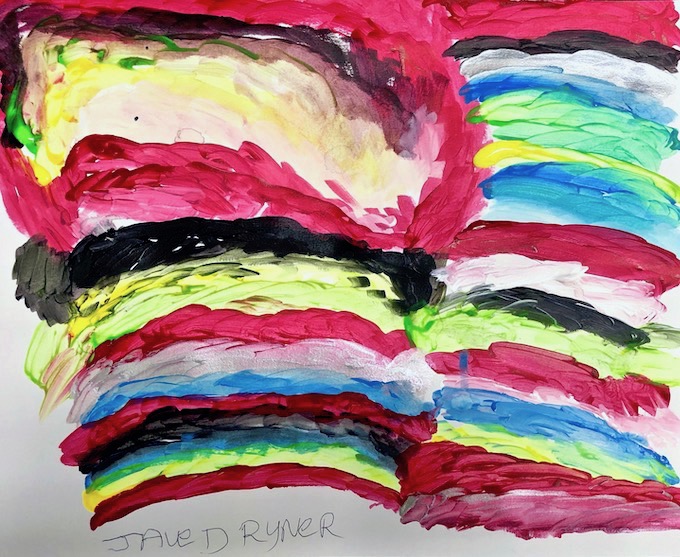
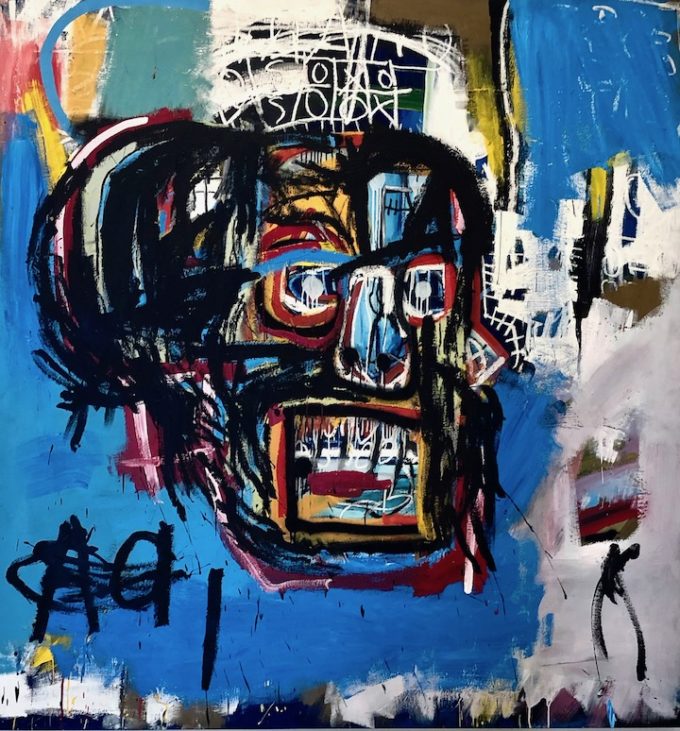
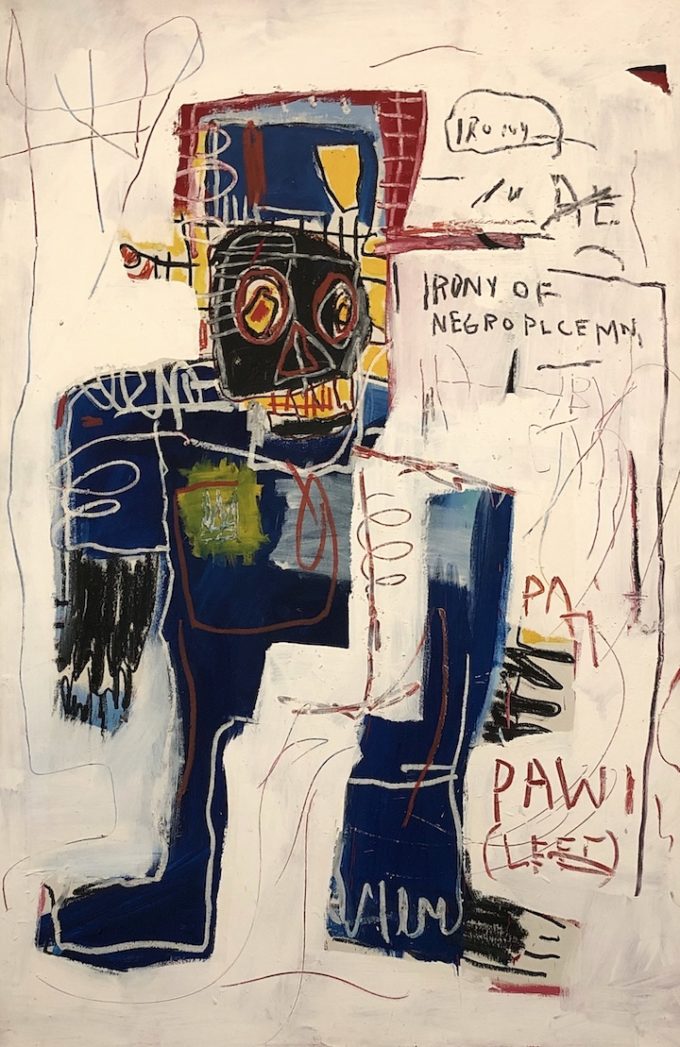
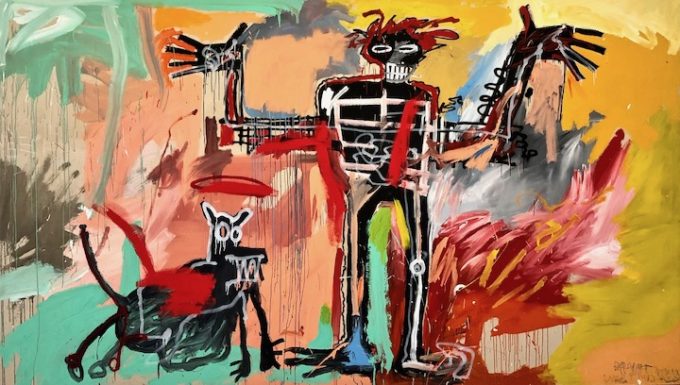
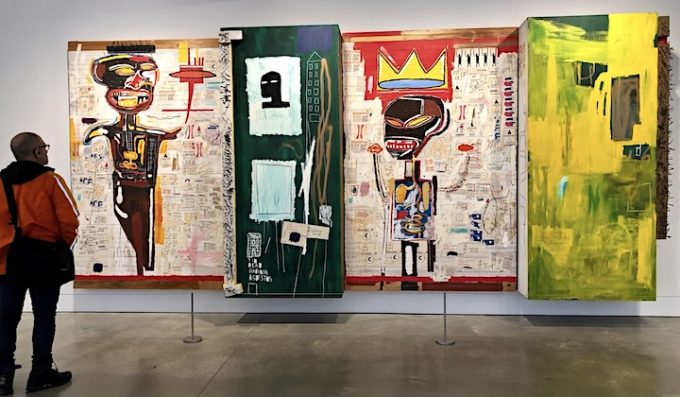 Uptown
Uptown 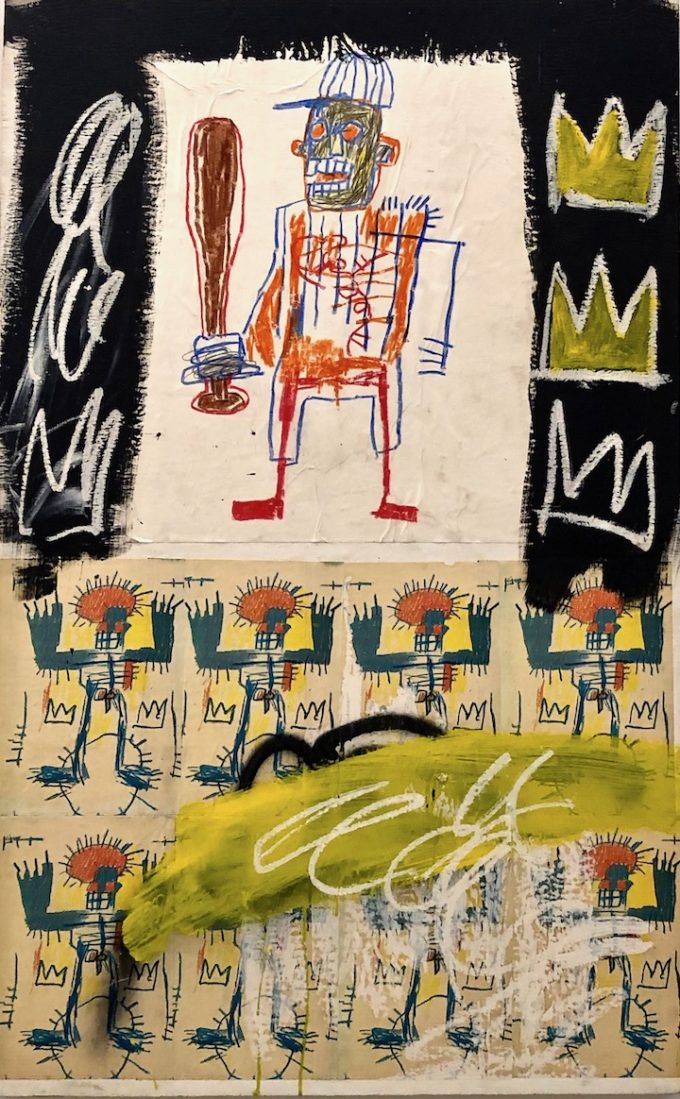 Peter and the Wolf, Acrylic, oilstick and Xerox collage on canvas
Peter and the Wolf, Acrylic, oilstick and Xerox collage on canvas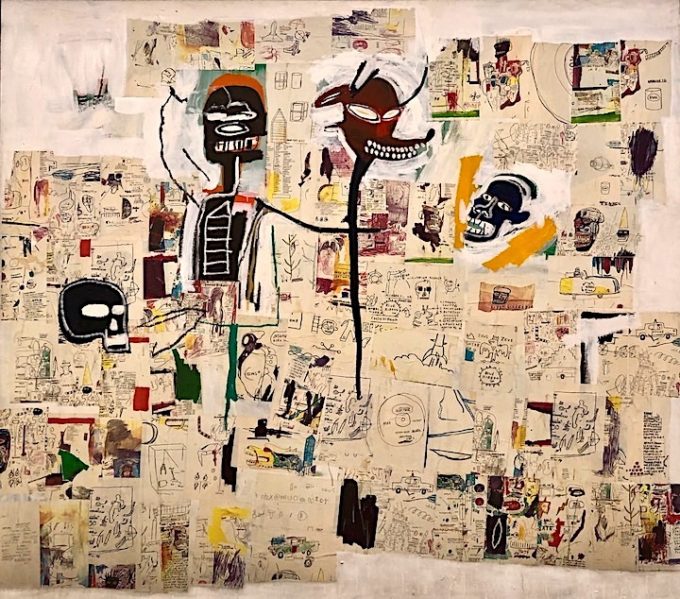
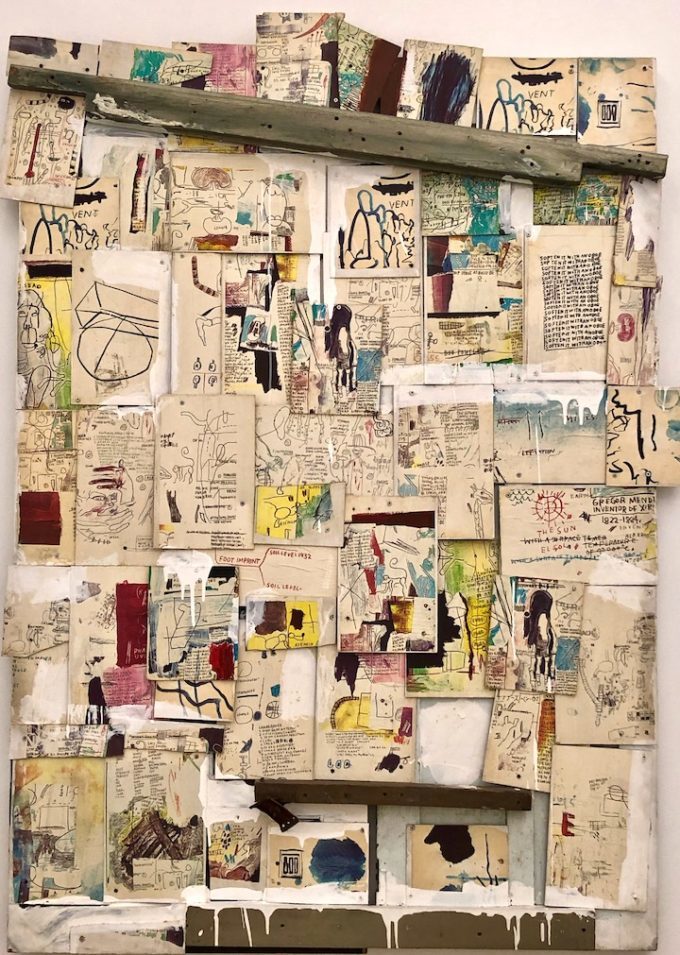
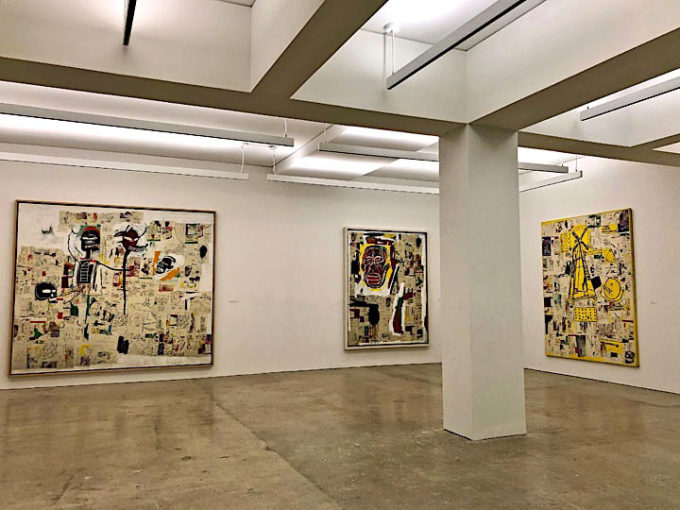
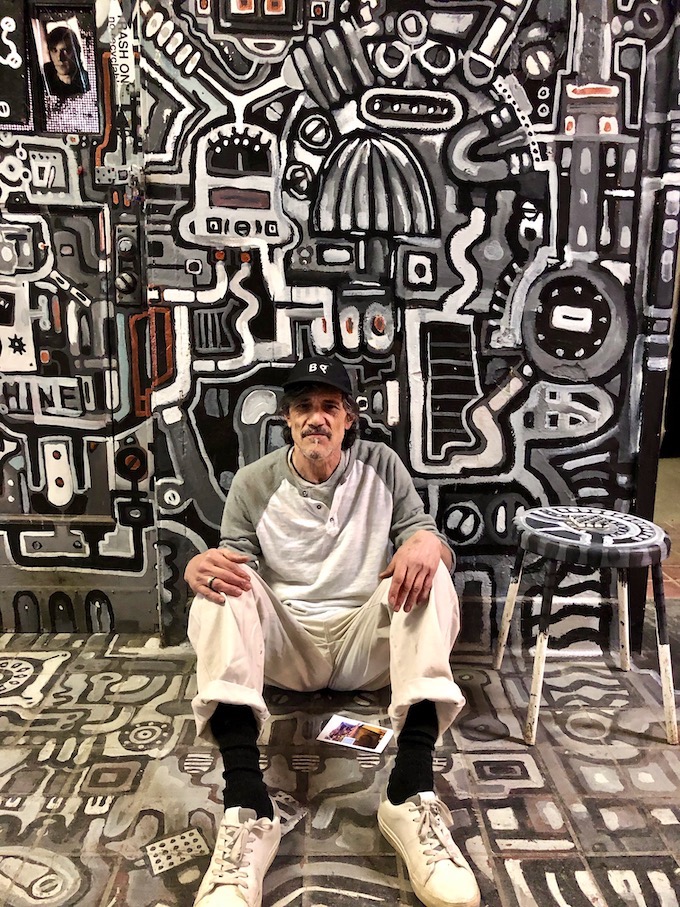
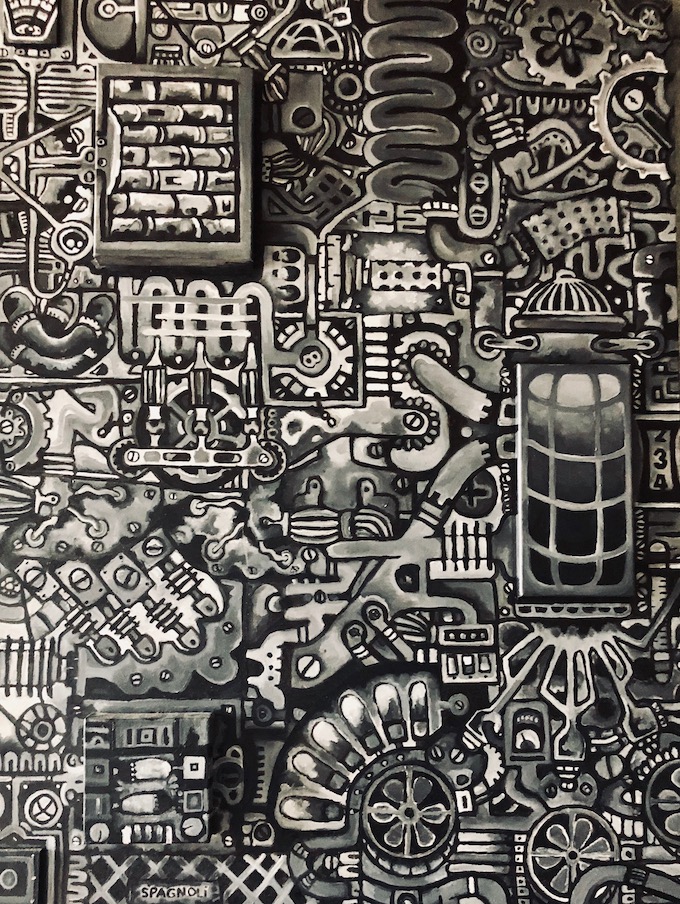
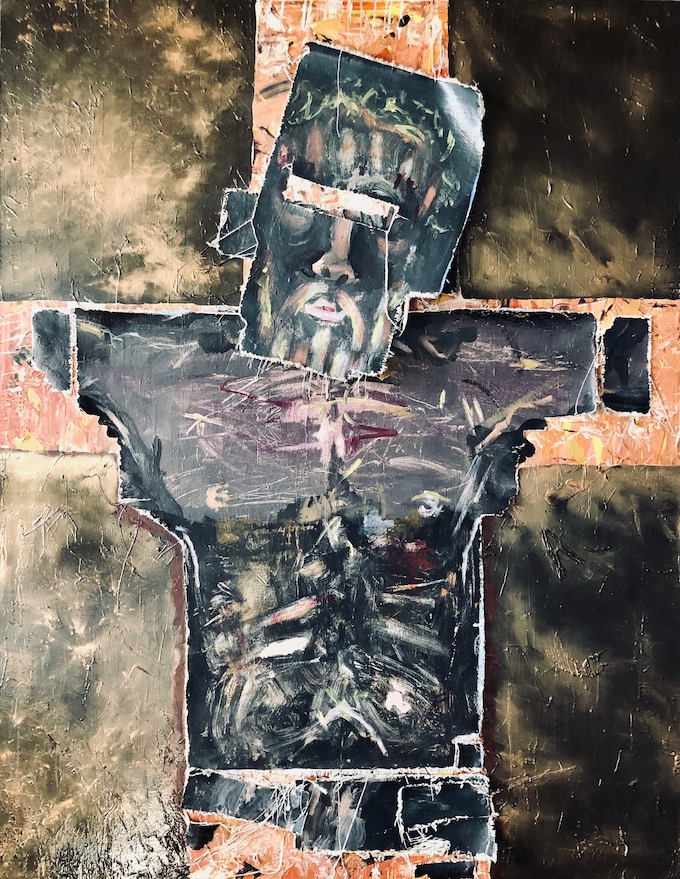
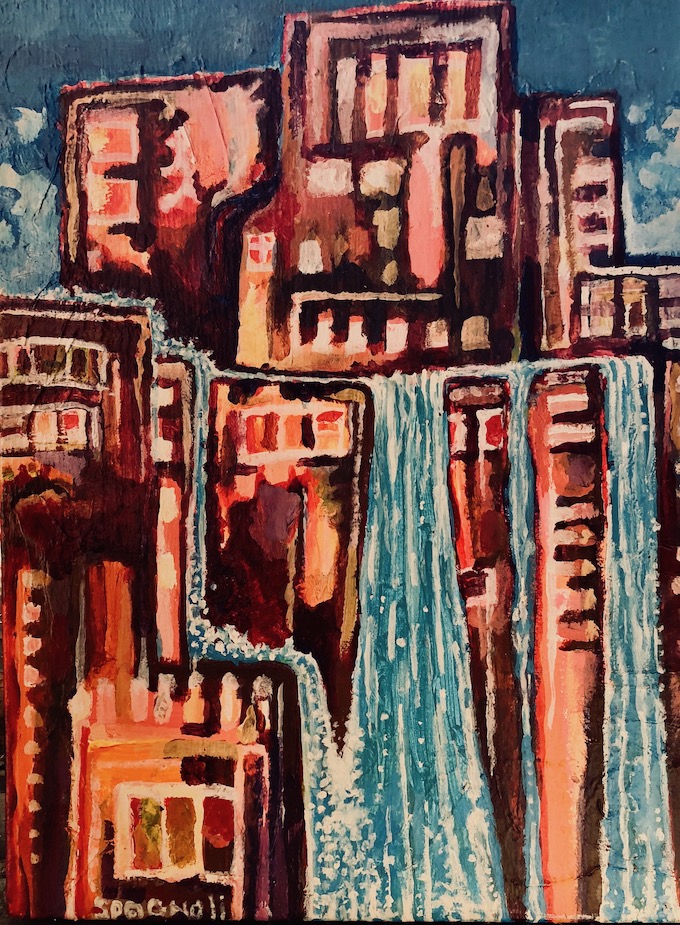
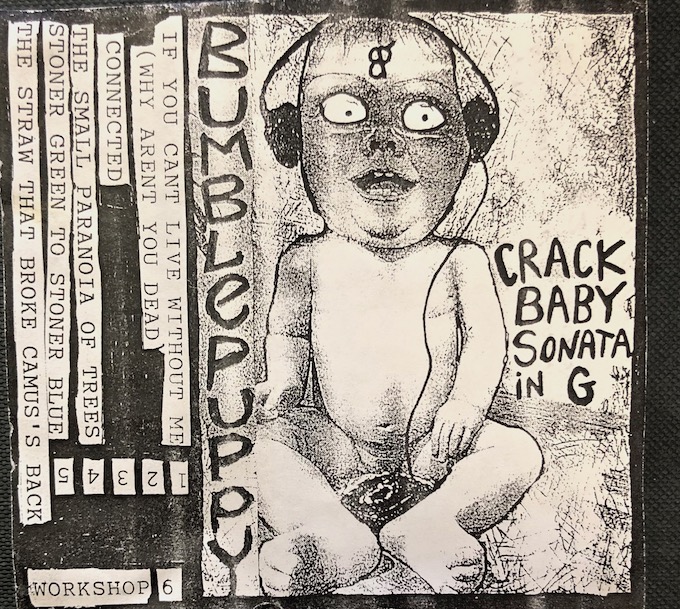
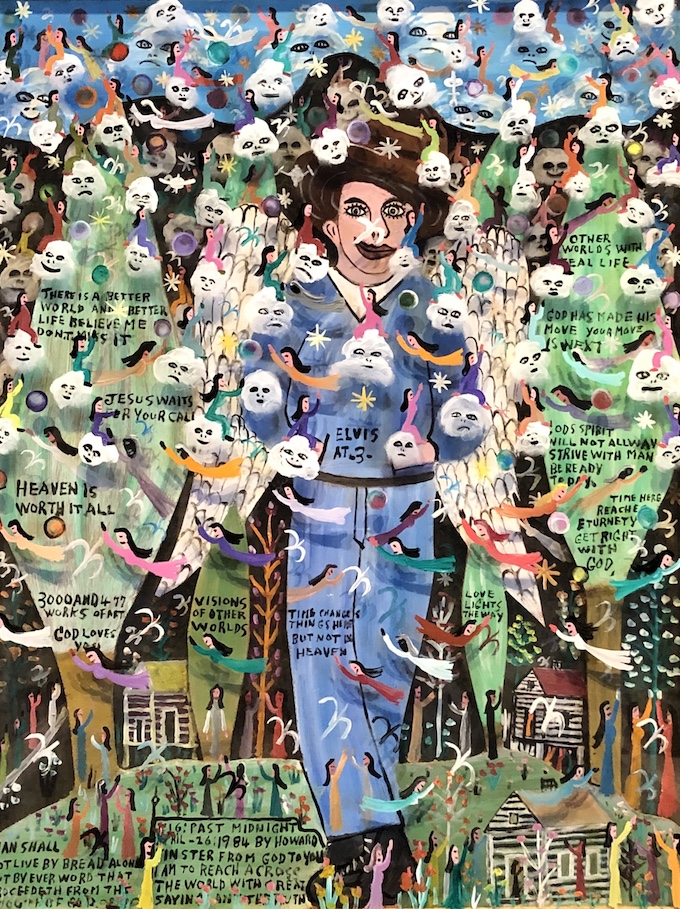
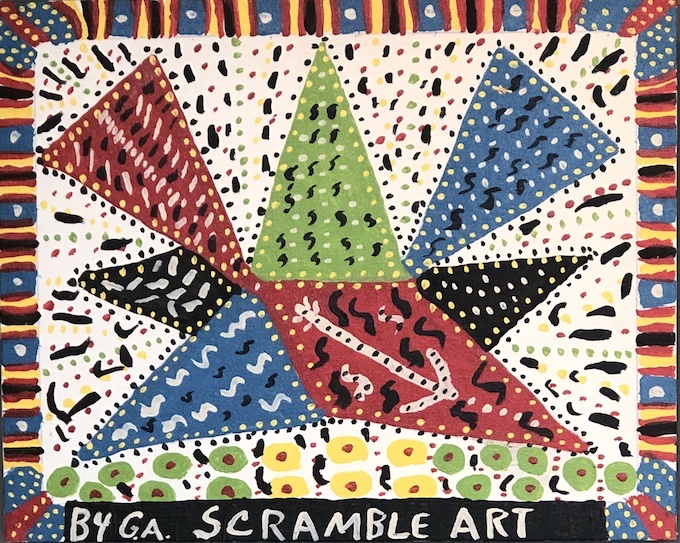
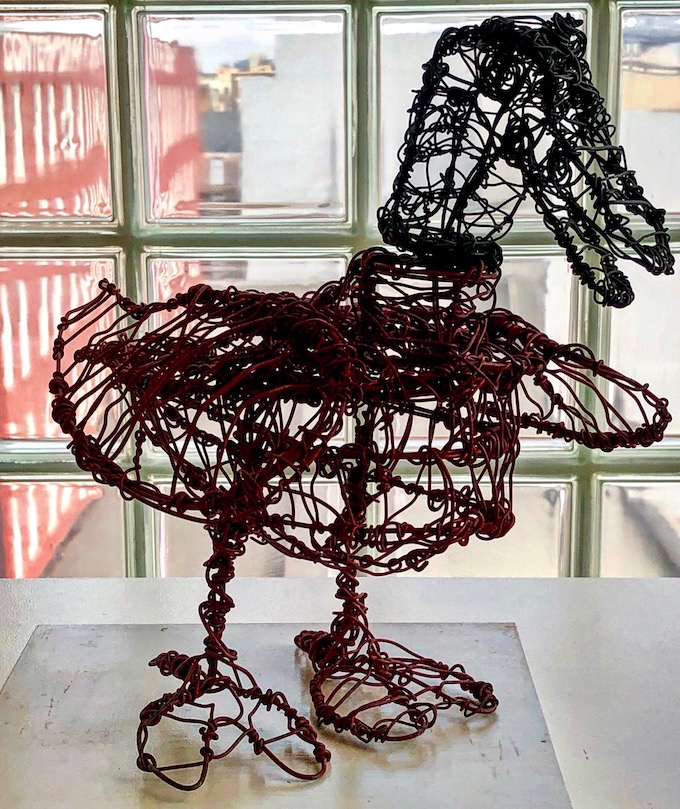
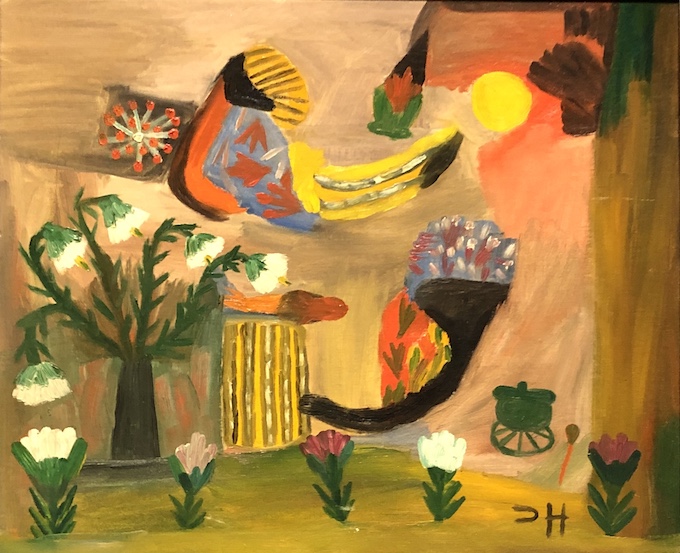
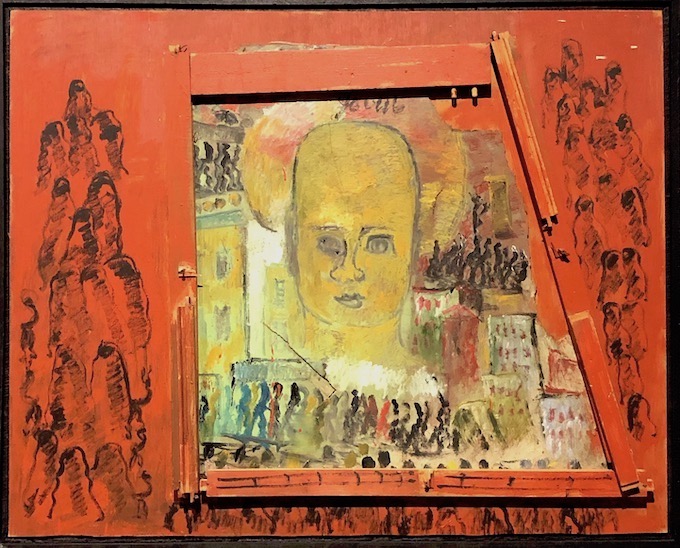 The late North Carolina-born visionary artist
The late North Carolina-born visionary artist 